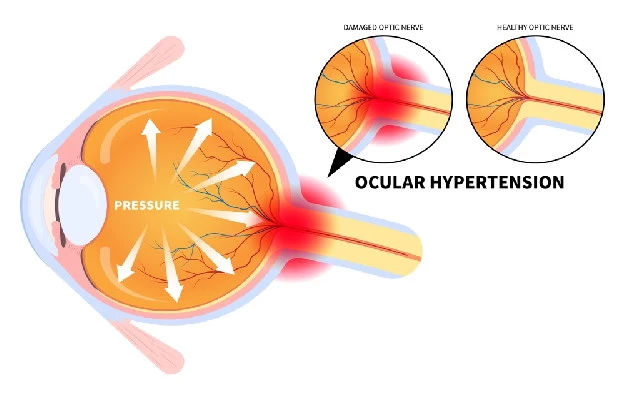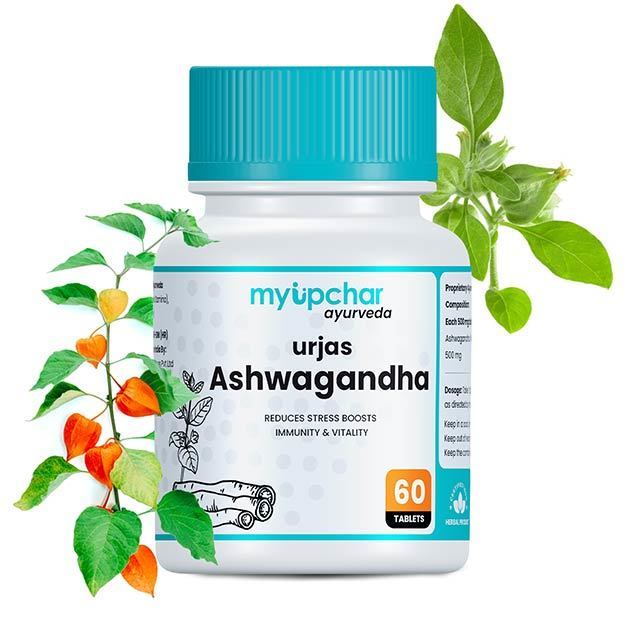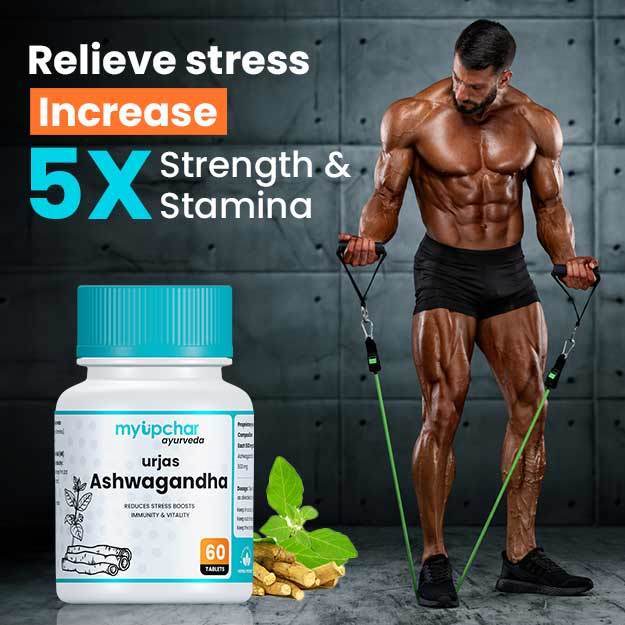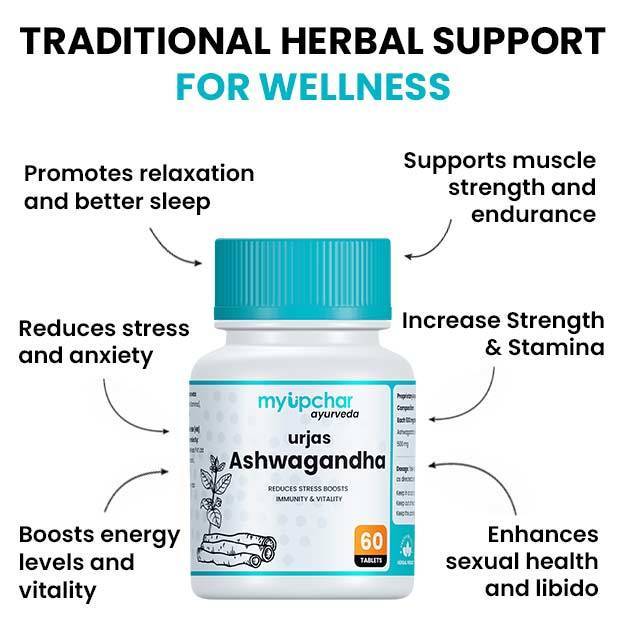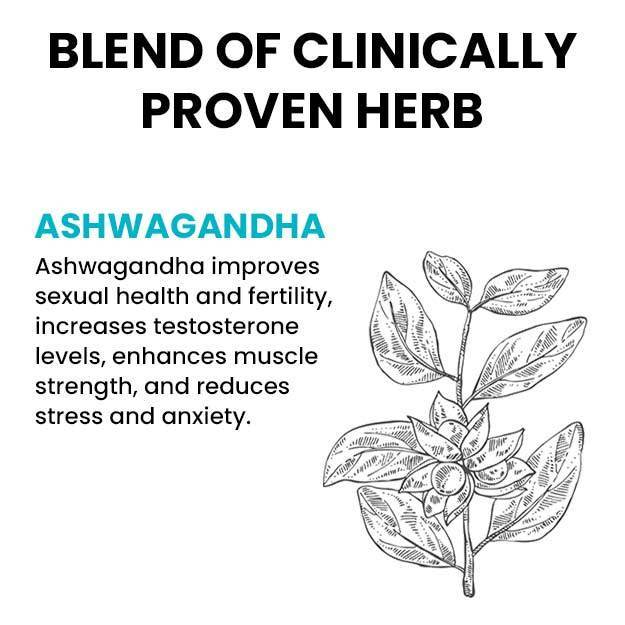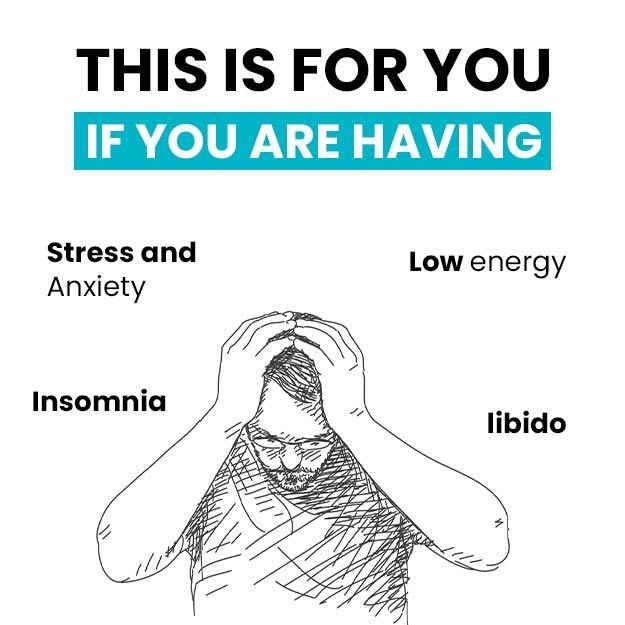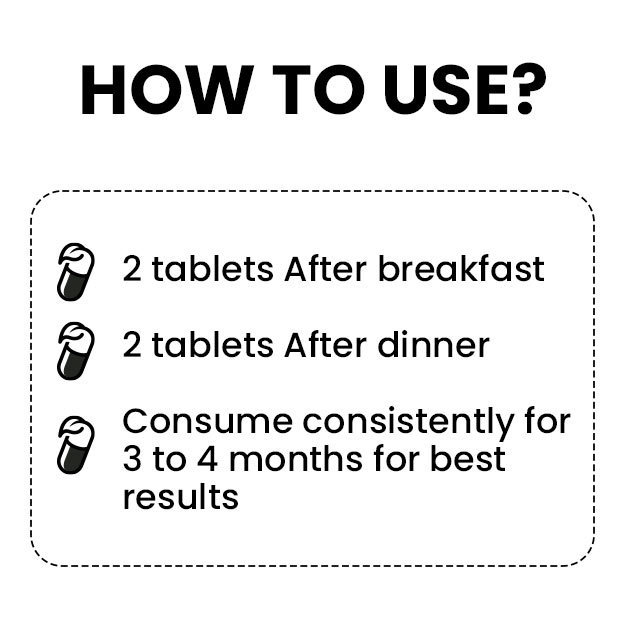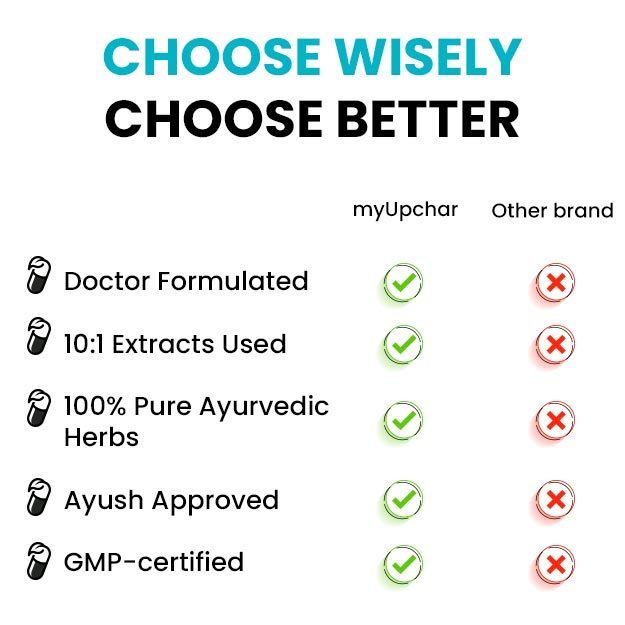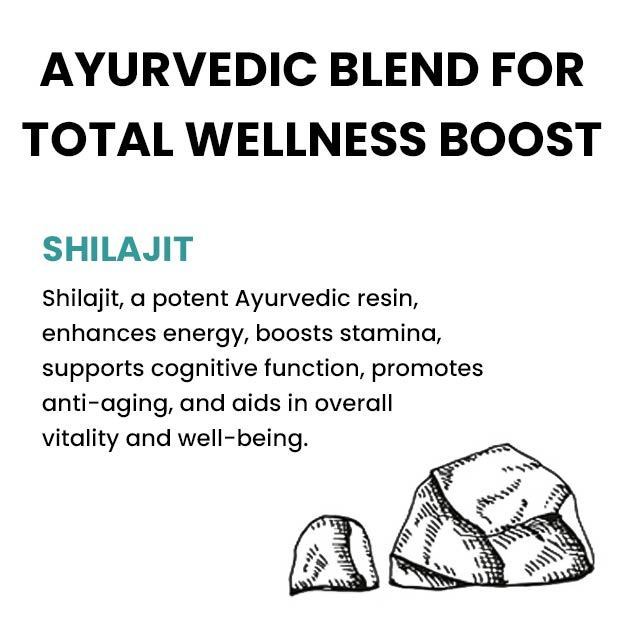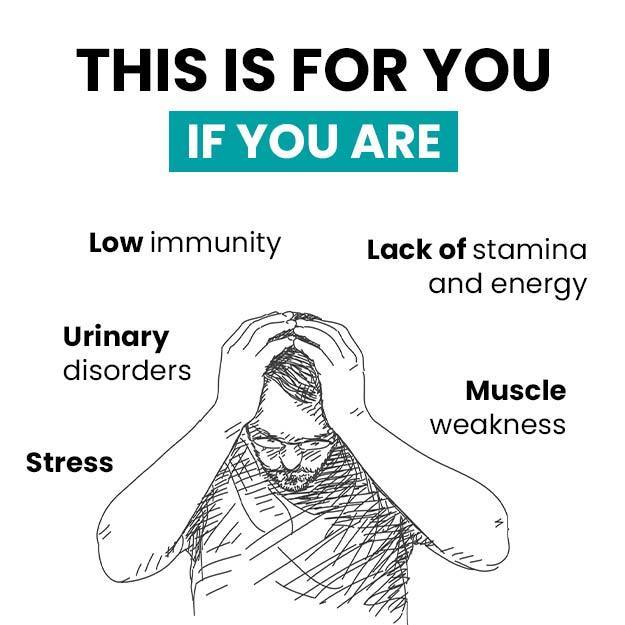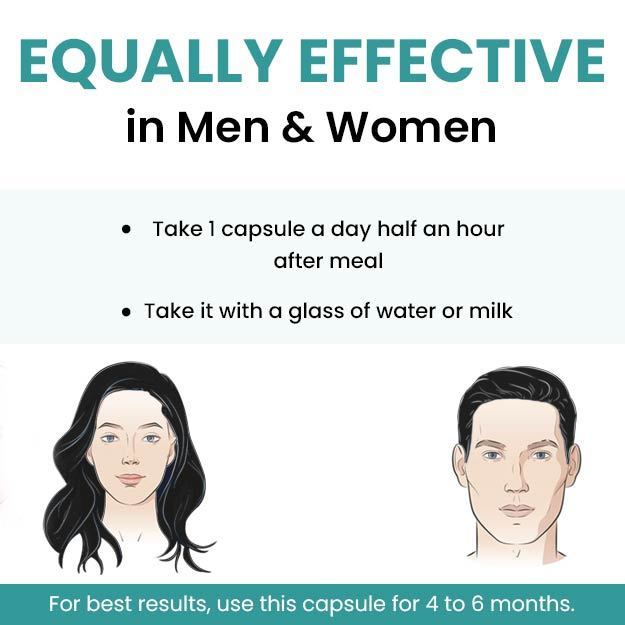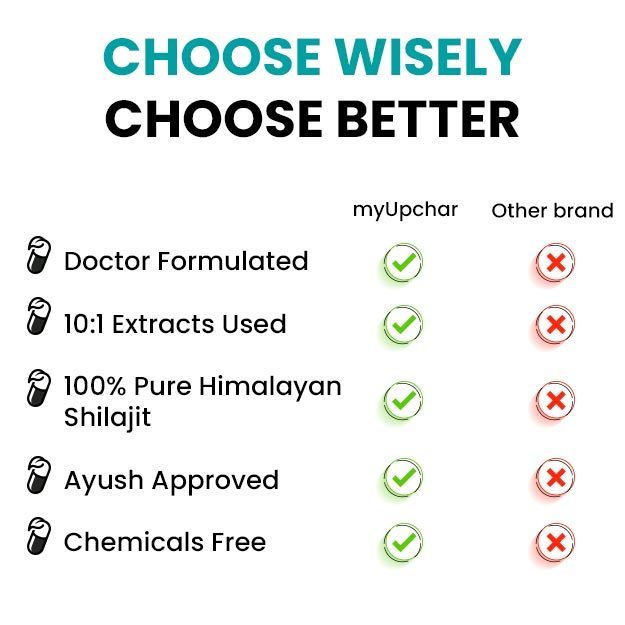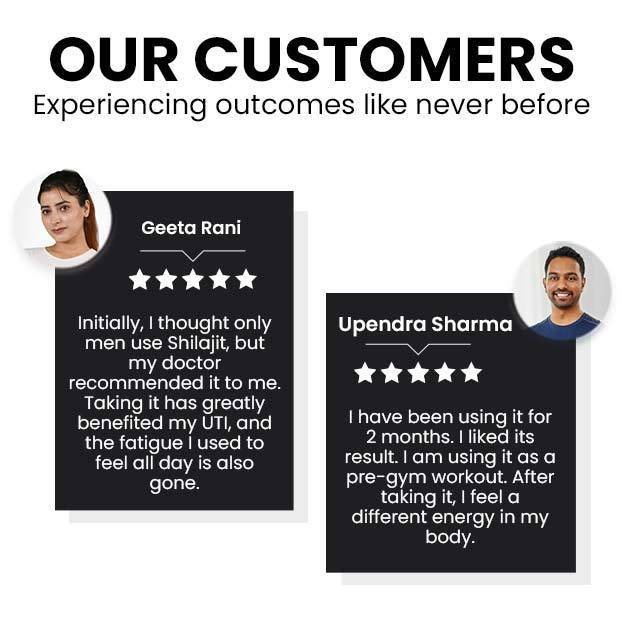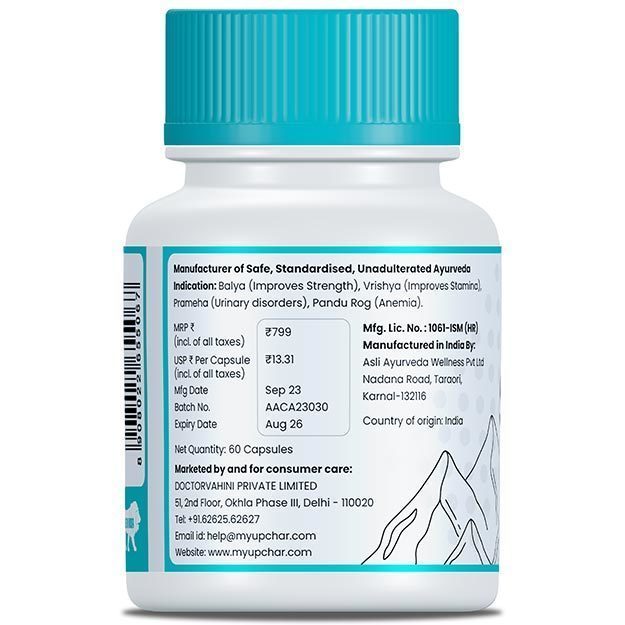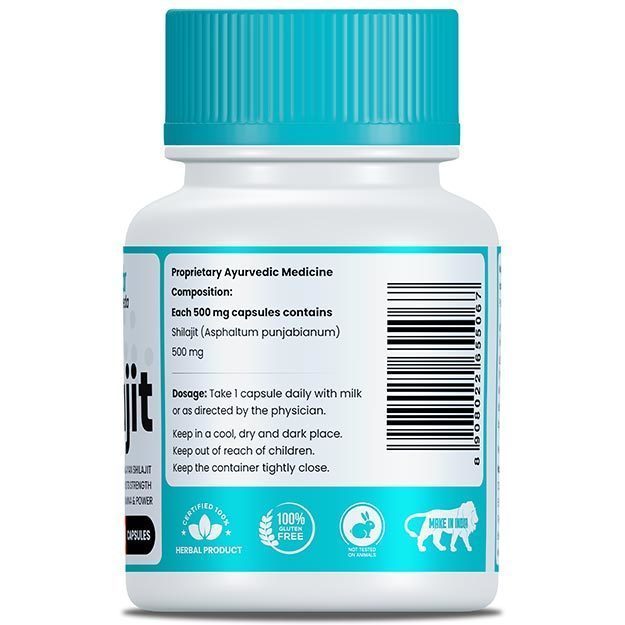Due to today's bad food habits and irregular lifestyle, the number of patients suffering from eye problems is increasing rapidly. Similarly, a serious eye disease is ocular hypertension or in simple language, increased blood pressure of the eyes, which people often consider as a heart disease, but it is a serious eye problem. Many research and studies confirm that about 10 percent of people above the age of 40 have high blood pressure in their eyes. It is also considered a type of cataract. This problem arises when the fluid present in the front area of the eye does not dry completely. Let us know about the causes, symptoms and treatment of ocular hypertension.
Read more - (Eye Disorders)

